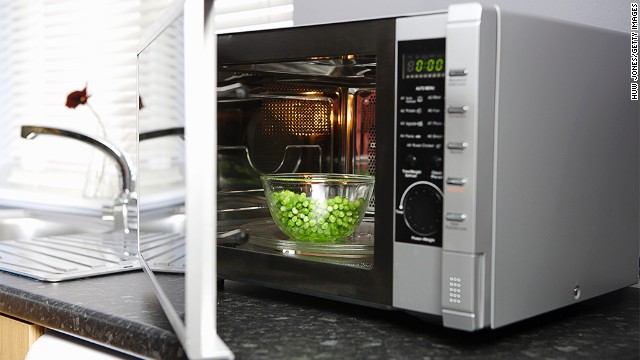
When the time comes for making critical medical decisions while in the hospital, a new study says older people often rely on family members or other surrogates to make those calls.
Researchers found that about half of the older patients they tracked needed help making decisions within two days of being admitted to the hospital.
Considering the aging U.S. population and the mental burden borne by the family and friends making those decisions, the study’s lead author told Reuters Health that hospitals should work to accommodate surrogate decision makers.
“The long-term goal would be to improve hospital processes,” Dr. Alexia Torke, a center scientist at the Indiana University Center for Aging Research in Indianapolis, told Reuters Health.
Previous studies have examined the role of surrogate decision makers in some medical settings, but Torke and her colleagues write in JAMA Internal Medicine that they couldn’t find research showing how often people rely on others to make decisions while in the hospital.
“We set out to describe the scope of the problem as a whole,” Torke said.
For the study, she and her fellow researchers analyzed data on people who were over 65 years old and admitted to either of two hospitals in one Midwestern city between November 2008 and December 2011.
To be included in the study, a person had to have been hospitalized for 48 hours. After that time, a doctor was interviewed about the decision making process for that patient. Other information was taken from the patient’s medical record.
Of 1,598 study participants, the researchers found that 1,083 faced at least one major medical decision that was discussed with the patient or a surrogate.
Of those cases, about 570 patients made all of their decisions alone, 264 made their decisions with the help of a surrogate and surrogates made all of the decisions for 249 patients.
Most patients with surrogates were in the hospitals’ general wards, not the intensive care units.
Surrogate decision makers were most often the patients’ daughters, followed by sons and spouses.
Within the first two days of patients being admitted to the hospital, the researchers found that about 60 percent of surrogates had to make decisions about life-sustaining treatments and about half had to make decisions about operations and where the patients would go after leaving the hospital.
The study participants who required the help of a surrogate were also most likely to have worse outcomes. They were more likely to need a ventilator or a feeding tube, to be sent to a nursing home and to die.
“It’s not so much that having a family member make decisions for you makes things worse,” Torke said. “It’s that people who need decision makers are sicker.”
In a commentary accompanying the new study, Drs. Yael Schenker and Amber Barnato from the University of Pittsburgh write that the frequent use of surrogate decision makers across hospital settings suggests there are ways to broaden how doctors approach these types of decisions.
“I think there are multiple ways that we can support both patient and family involvement in decision making,” Schenker, an assistant professor, told Reuters Health.
For example, she and Barnato write that doctors should ask about people’s preferences when they are admitted to the hospital. That includes asking people who they want involved in the decision making process and how they want that person involved.
Doctors should also be trained in how to facilitate discussions between themselves, the patients and their chosen surrogate, they write. Part of that may include overcoming a tendency to only consider short-term outcomes instead of a patient’s overall illness and goals.
“I think it’s always helpful for patients and families to start conversations about these things,” Schenker said. “I think it’s also important for patients when they’re hospitalized to let doctors know how they want to approach decisions. It’s also unfortunately the case that they won’t always be asked.”
In the study, the researchers found that only about 25 percent of the patients had living wills or some kind of advanced directive to explain their choices. Torke said those documents may help some people but will not cover everything a surrogate may encounter.
“For older adults and their family members, I hope people will have more conversations about the possibilities about going into the hospital and what the older people’s preferences are,” she said.
Source: Chicago tribune








.jpg)


&cropxunits=635&cropyunits=681&format=jpg&quality=90)